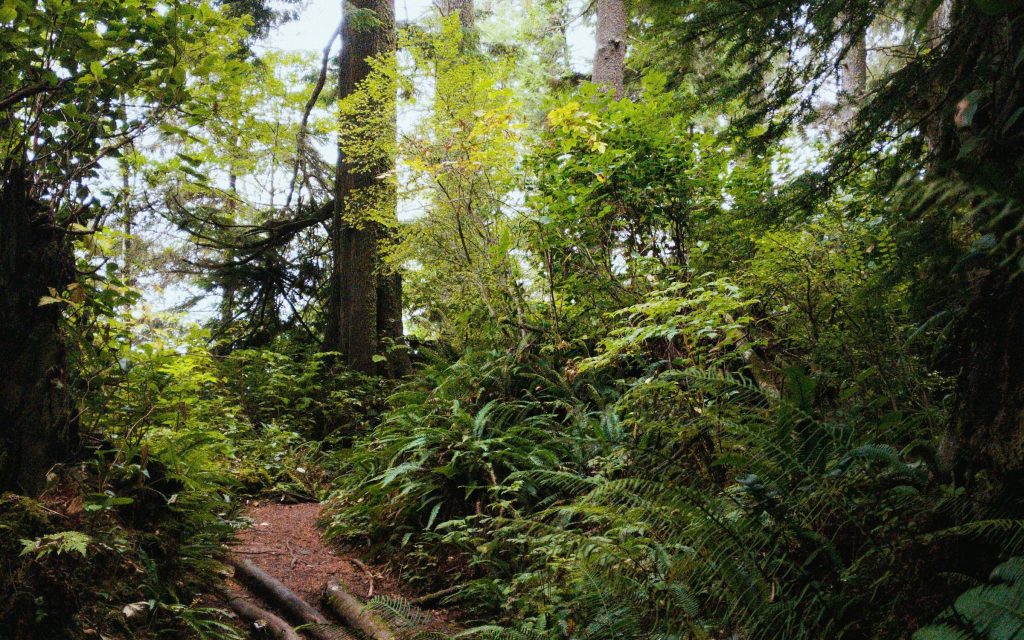Climate change-induced decline in winds could delay leaf-fall at high latitudes
Wind dynamics need to be factored into studies that measure the impact of climate change on the rhythms of nature. A study published in PNAS and co-authored by CREAF-based CSIC researcher Josep Peñuelas concludes that a decline in winds is currently benefiting plant productivity.
At the highest or most northern latitudes (London and above, in the case of Europe), climate change has caused a decline in winds. This means less wind now blows on the boreal forests and on the temperate grasslands and forests of the Northern Hemisphere than in the past. What implications could that have for vegetation and its role in mitigating climate change? The study 'Widespread decline in winds delayed autumn foliar senescence over high latitudes' just published in the journal Proceeding of the National Academy of Science, PNAS shows that the decrease in wind levels could slow leaves’ ageing process and delay their fall at such latitudes. “The wind dries leaves, and that is a factor in the senescence and fall characteristic of autumn,” explains CREAF-based CSIC researcher Josep Peñuelas, one of the study’s authors. “Less wind reduces that effect and could be one of the reasons for the slowdown we have observed.”
According to the study, the effect of the climate change-induced decline in winds on the timing of leaf-fall is comparable to that of temperature and precipitation, the factors examined in greatest depth in phenological studies until now.
According to the study, the effect of the climate change-induced decline in winds on the timing of leaf-fall is comparable to that of temperature and precipitation, the factors examined in greatest depth in phenological studies until now. “Our study demonstrates that wind dynamics should be incorporated as soon as possible into the models being used across the world to gauge climate change’s effects on the rhythms of nature,” says Peñuelas.
The study analysed 183,448 phenological observations from 2,405 sites, long-term water vapour and carbon dioxide measurements, and 34 years of greenness data from satellites. It also compared interannual differences in the time of leaf-fall (autumn phenology) at the sites in question.

Wind is key to the carbon cycle
At present, net forest productivity and vegetation appear to be benefiting from the decrease in winds. That is positive where the mitigation of climate change is concerned, as the more plants grow, the more CO2 they remove from the atmosphere to produce trunks, branches and leaves, and the longer they retain their leaves, the longer they spend photosynthesizing. The study also shows the decline in winds to be reducing evapotranspiration, resulting in less soil water loss and, consequently, more favourable growth conditions in late autumn. Furthermore, less wind means leaf surfaces are cooled less, potentially reducing frost damage.
Wind dynamics should be incorporated as soon as possible into the models being used across the world to gauge climate change’s effects on the rhythms of nature.
Nonurbanized areas in the high northern latitudes (>50°) are currently a major carbon sink. Although there has actually been a substantial rise in air temperature in the ecosystems in question, it has contributed to their net annual productivity increasing year after year, owing to spring starting earlier and leaf-fall happening later.

Nonetheless, the scientists behind the study warn that the climate may be more variable in the future, with greater changes in temperature and precipitation. “Predicting how wind speeds will alter in a changing climate remains challenging, but evidence suggests they will be more extreme in various regions, even if the annual mean speed falls,” states Peñuelas. “The combination of extreme and chronic winds would have a significant impact on plant growth, and the consequences for regional and global carbon uptake might eventually become negative and as important as those of variations in temperature and precipitation,” he continues. The study has produced an improved algorithm that could be useful in carbon cycle modelling. According to the algorithm, there is likely to be a completely different scenario towards the end of the 21st century, with leaf-fall occurring earlier than presently anticipated, leading to a snowball effect that would make climate change more severe.







